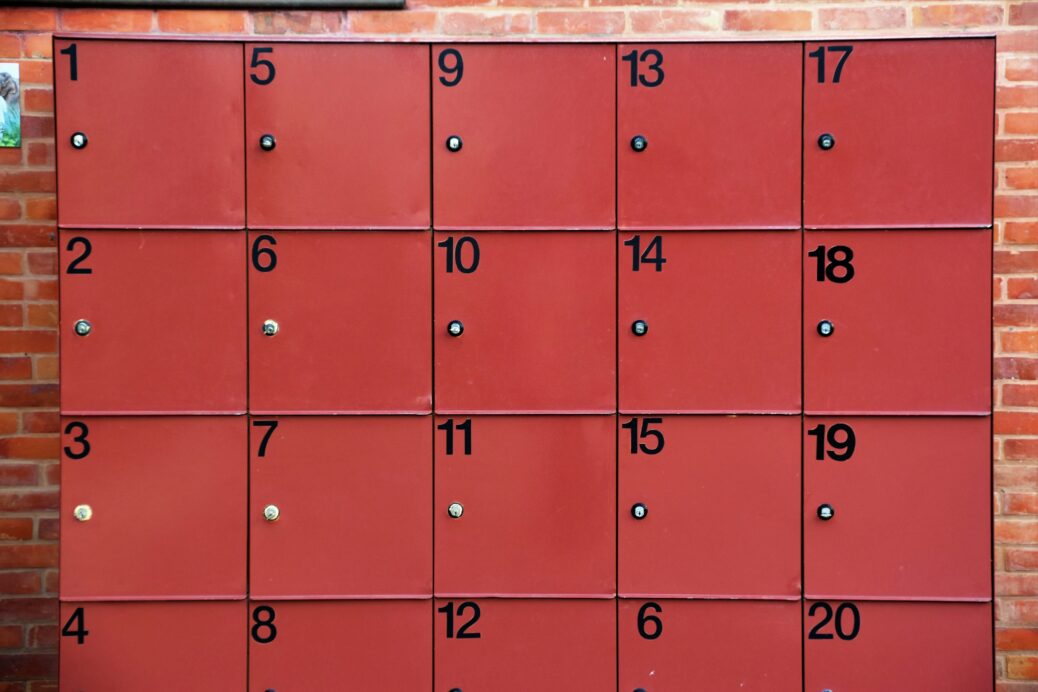When to write numbers as numerals, and when to use words
Whatever you are writing, the chances are the content will include some numbers. How do you decide when to write numbers as numerals, and when to use words? This article explains what to think about when you write numbers, so you can avoid common mistakes and ensure that your writing is clear and consistent.
How we write numbers is a style choice
There are few hard and fast rules about how we write numbers. Most decisions depend on style choices rather than rules.
Most organisations have their own style guide or use a particular style manual. Style guides and manuals invariably include a section on numbers. It’s important to follow your organisation’s style guide, so that you use numbers in your organisation’s preferred way.
If you are not using a style guide, you can make your own style choices. Create a list of these choices, so you can apply them consistently throughout your document.
Whatever rules you follow, make sure you follow them consistently.
How to decide whether to use numerals or words
When you write numbers, the main decision you need to make is whether to write them as numerals or words. Here are the most common situations you will encounter.
1. Writing a number as a numeral or in words
Writing out a large number takes a lot of space and is difficult to read. So many style guides choose to write numbers from one to nine as words, and numbers from 10 as numerals. Here are some examples:
This section of the motorway has six bridges.
It took 25 years to build the shopping centre.
2. Writing a large number
When you write a large number in approximate terms, use the same approach as you use in point 1. Here are some examples:
New Zealand now has over five million inhabitants.
Thailand has over 71 million inhabitants.
When you write a large number in precise terms, always use numerals. For example:
New Zealand now has 5.124 million inhabitants.
The estimated population of London is 9,748,000.
3. Using a number at the start of a sentence
Regardless off the approach you take in point 1, if you start a sentence with a number, always write the number in words. Here’s an example:
Six hundred and fifty-eight people went to the concert.
If that looks awkward, consider rewriting the sentence, like this:
The concert attracted 658 people.
4. Styling a large number
Different style guides use different ways to present numbers, or amounts of money, that are four figures and above. Some prefer a comma or thin space for a four-figure number, while others use a comma or thin space only for a five-figure number and above. For example:
4,120 41,200 $412,054 comma for a four-figure number and above
4 120 41 200 $412 054 thin space for a four-figure number and above
4120 41,200 $412,054 comma for a five-figure number and above
5. Writing a sentence that includes a mix of numbers to style as words and numerals
If your style guide chooses to write numbers from one to nine as words, and numbers from 10 as numerals, how do you manage a sentence that includes numbers above and below 10?
In this case, consider breaking the rule in point 1, so that the content of your sentence is consistent. For example:
To make 500 cookies we need 8 bags of sugar, 200 eggs and 1 enormous mixing bowl.
To make 500 cookies we need eight bags of sugar, 200 eggs and one enormous mixing bowl. Incorrect
6. Writing a sentence that includes two sets of numbers
When a sentence contains two sets of numbers, consider breaking the rule in point 1, so that you make a clear distinction between the different sets. Here are some examples:
At the meeting, 9 people said they want the new road to be constructed within the next two years, and 24 said they want to delay it for more than ten years.
We will need three 6-way conference calls and four 2-way conference calls.
7. Writing a number indicatively, rather than precisely
When we use numbers to indicate an amount, rather than give a precise amount, it’s usual to spell out the number in words. For example:
I’ve told him a hundred times not to do that.
We took dozens of books on holiday.
Several thousand people attended the opening ceremony.
8. Writing numbers as part of a measurement
It is common practice to use numerals with a measurement, whether we are writing that measurement in full (such as kilogram) or as an abbreviation (such as kg). Here are some examples:
This section of the motorway is 50 km long.
The car was travelling at 85 km/h when it crashed.
She has grown by 3 centimetres in the past year.
9. Writing numbers as part of currency
When you write an approximate amount of currency, use the same approach as you use in point 1, but only if you write the currency unit in full. For example:
A bag of apples costs about six dollars.
A bag of apples costs about $6.
A bag of apples costs about $six. Incorrect
Your phone cost about $250 more than mine.
When you write a precise amount of currency, always use numerals.
My new phone cost $899.56.
10. Writing a range of numbers
When your sentence includes a range of numbers, it is common to show this is a range by using the word ‘to’. For example:
I worked at that organisation from 2010 to 2016.
She is usually out of the house from 8am to 3pm.
See pages 15 to 20, for more information about taxi services.
When you have limited space (such as in the cells of a table or the label on a chart), you can substitute the word ‘to’ with an en dash.
Do not confuse an en dash with a hyphen. In Word, create an en dash using Insert | Symbol | More Symbols | Special Characters. Do not put a space before or after the en dash. For example:
2010–2016
Pages 15–20
8am–3pm
11. Writing ordinal numbers
Ordinal numbers indicate the position in an order or series. In general, use the rule you applied in point 1, which could be writing first to ninth in words and 10th and above in numerals. Here are some examples:
She finished the race in sixth place.
It was her 21st birthday.
It is my parents’ 40th wedding anniversary.
I like reading books written in the 18th and 19th centuries.
It is now considered old-fashioned to use superscript for ordinal numbers, such as 17th and 18th.
12. Writing fractions
When you want to incorporate a fraction into a sentence, write the fraction out in full. It is a common style choice to hyphenate the two parts of the fraction. For example:
Our budget was cut by three-quarters.
Almost two-thirds of drivers pass their driving test at their first attempt.
It takes about one-and-three-quarter hours to drive to Martinborough.
13. Writing decimals
When you want to incorporate a decimal into a sentence, always present the decimal in numerals. For example:
Our budget was cut by 2.8 percent.
It is 72.4 km to Martinborough.
Use 4.5 lemons in that recipe.
Capire is a leading New Zealand writing consultancy for governments, NGOs and international development agencies. We help organisations transform their complexity into plain English. Find out more about how we can help your organisation or sign up for our newsletter to get more tips to improve your writing.























